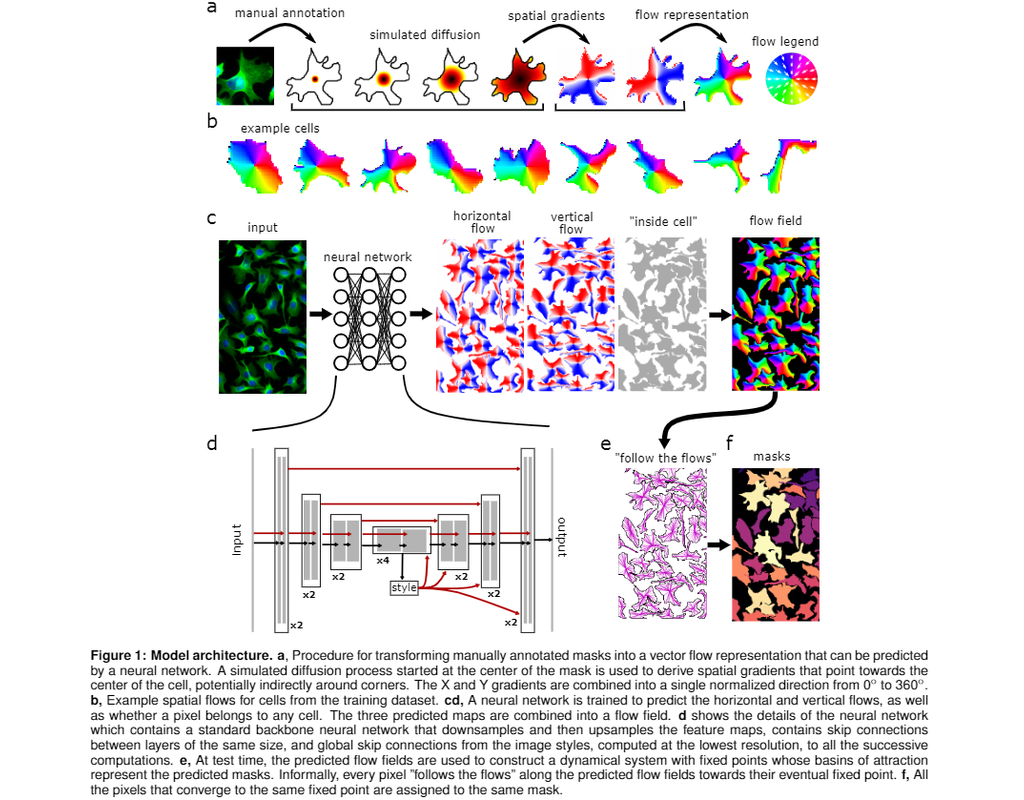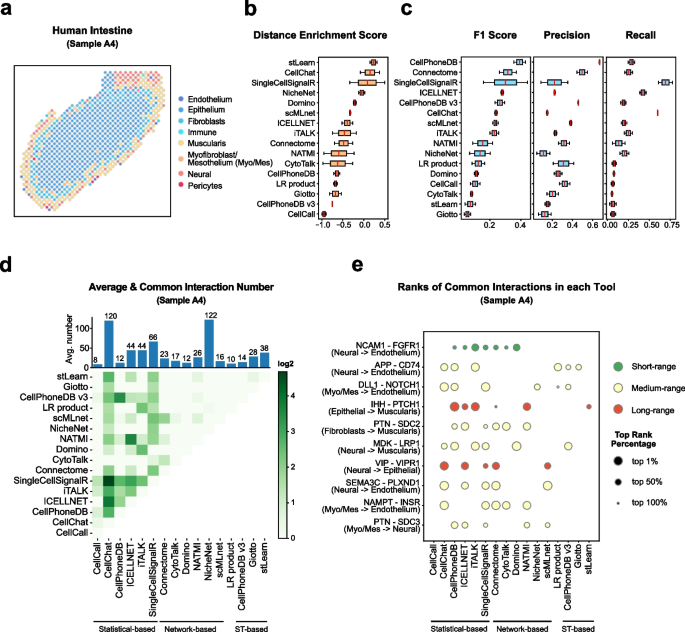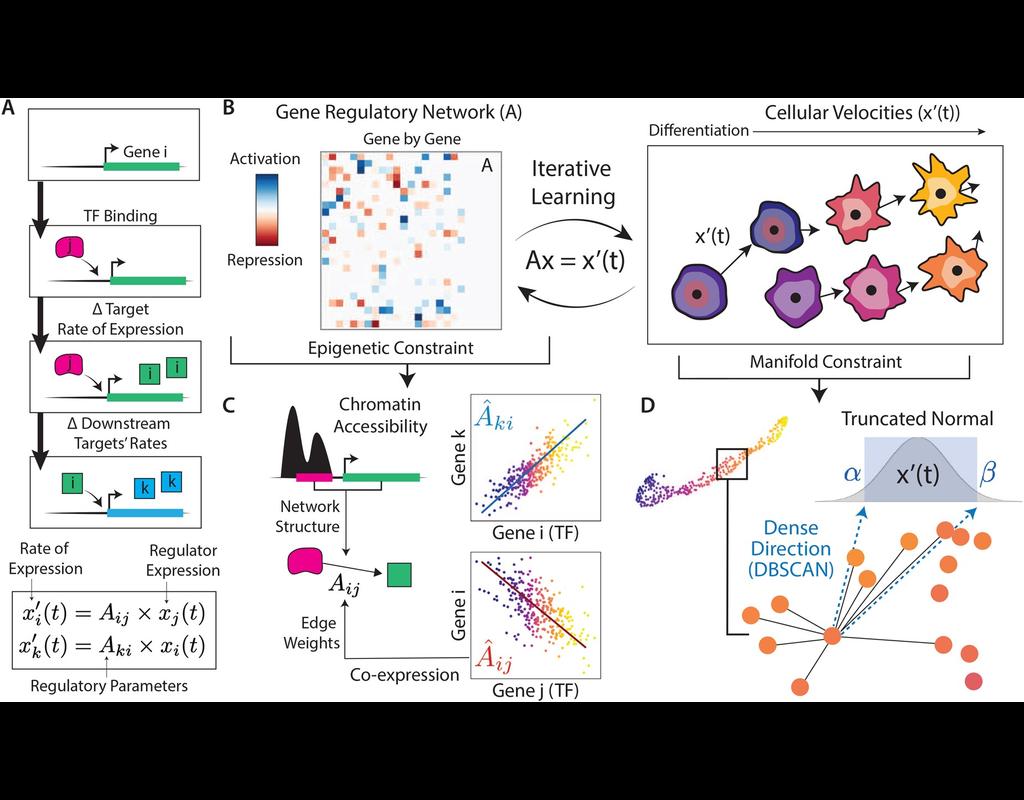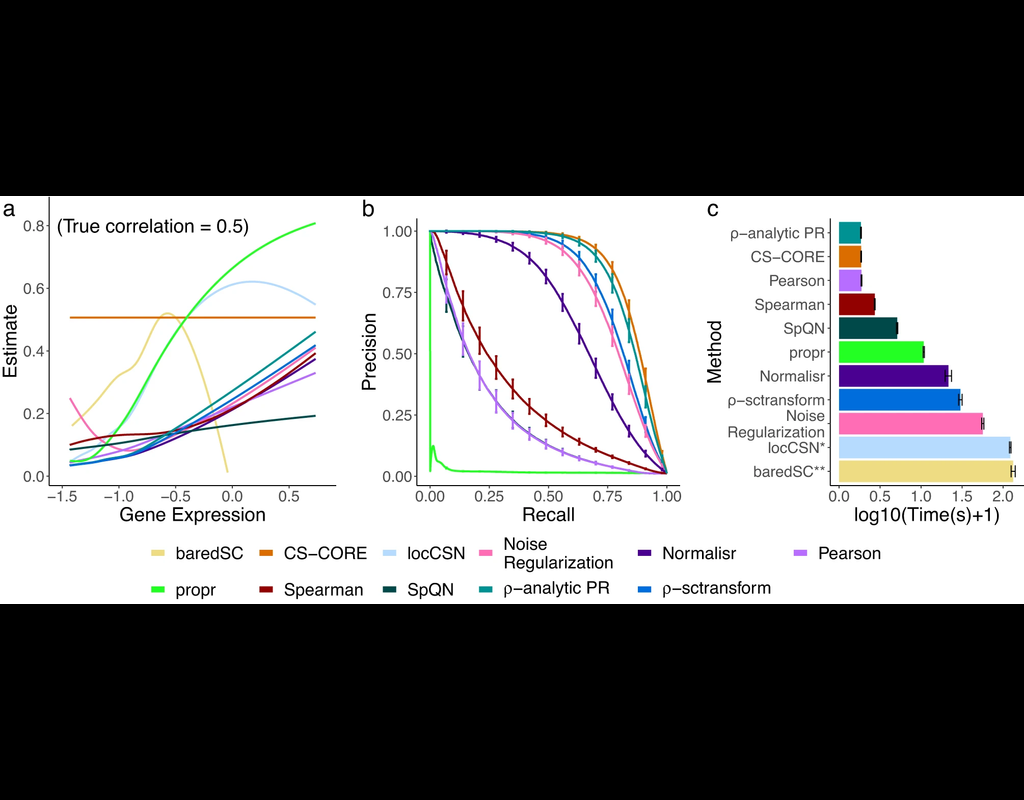Notebooks
Premium
Trends

BioTuring
Cell segmentation is the process of identifying and isolating individual cells in an image, typically a microscopic image. This is a crucial step in many biological studies, as it allows researchers to analyze individual cells and their properties.
In this notebook, we will introduce Cellpose, a deep learning algorithm for segmenting cells from microscopy images. Cellpose was trained on a diverse dataset of over 70,000 manually segmented cells from various imaging modalities. It is designed as a "generalist" model that can segment new image types without retraining or parameter tuning.
Cellpose is a powerful tool for segmenting biological images of cells. It can be used to identify and isolate individual cells in images, even when they are crowded together or have complex shapes. This makes it a valuable tool for researchers studying cell biology, neuroscience, and other fields.







